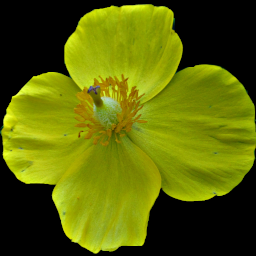 A more delicate sort of sunflower. This one was growing at the edge of a hillside clearing in Scott Township.
A more delicate sort of sunflower. This one was growing at the edge of a hillside clearing in Scott Township.
Flower Heads. The disk is smallish and golden yellow. The matching golden rays are long and narrow; there were eight of them on each of the flower heads on this plant, but (as the specific name implies) there are more often ten on this species.
Leaves. Thin, smooth; ovate, pointed; toothed; upper leaves nearly sessile; lower on winged petioles.
Stem. Smooth and tough, green with a few red spots.
Gray describes the genus and the species:
HELIÁNTHUS L. Sunflower. Heads many-flowered; rays several or many, neutral. Involucre Imbricated, herbaceous or foliaceous. Receptacle flat or convex; the persistent chaff embracing the 4-sided and laterally compressed smooth achenes, which are neither winged nor margined. Pappus very deciduous, of 2 thin chafly scales on the principal angles, and sometimes 2 or more small intermediate scales. — Coarse and stout herbs, with solitary or corymbcd heads, and yellow rays; flowering toward autumn. (Named from helios, the sun, and anthos, a flower.)
§2. Perennials; receptacle convex or at length low-conical; lower leaves usually opposite.
Involucre looser, the bracts more acuminate or elongated or foliaceous.
Leaves all or most of them opposite, 3-nerved.
Leaves longer-petiolate, thinnish or sofl, coarsely serrate, commonly broad; bracts loose, hirsute-ciliate.
H. decapétalus L. Stem branching, 0.5-1.5 m. high, smooth below; leaves smooth or roughish, ovate, pointed, abraptly contracted into margined petioles; bracts lanceolate-linear, elongated, loosely spreading, sometimes foliaceous, the outer longer than the disk; rays about 10 (H. scrvphulariifolius Britton?) — Copses and low banks of streams, centr. Me. and w. Que. to Minn., Mo., and southw.





